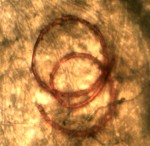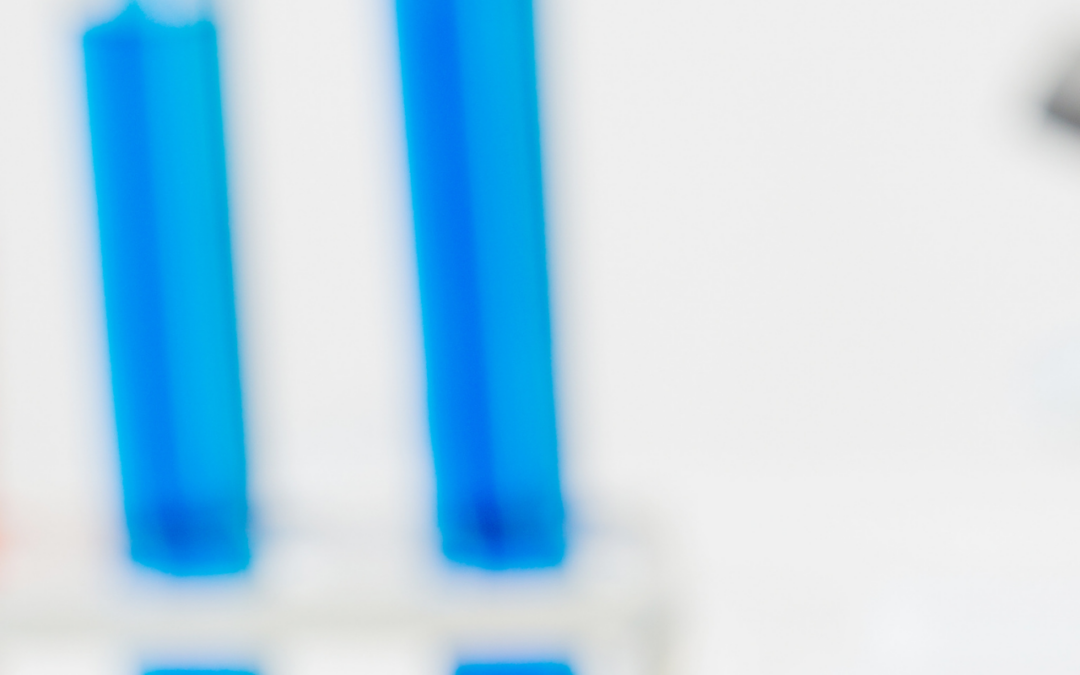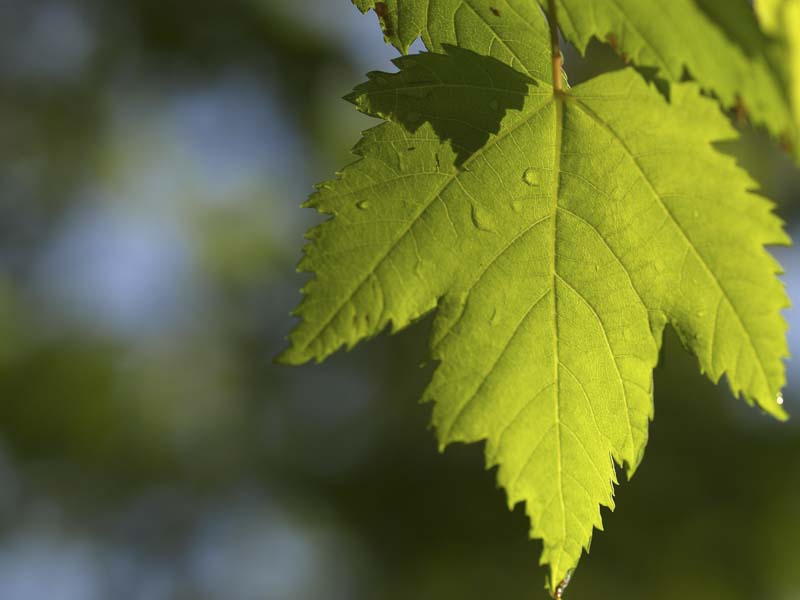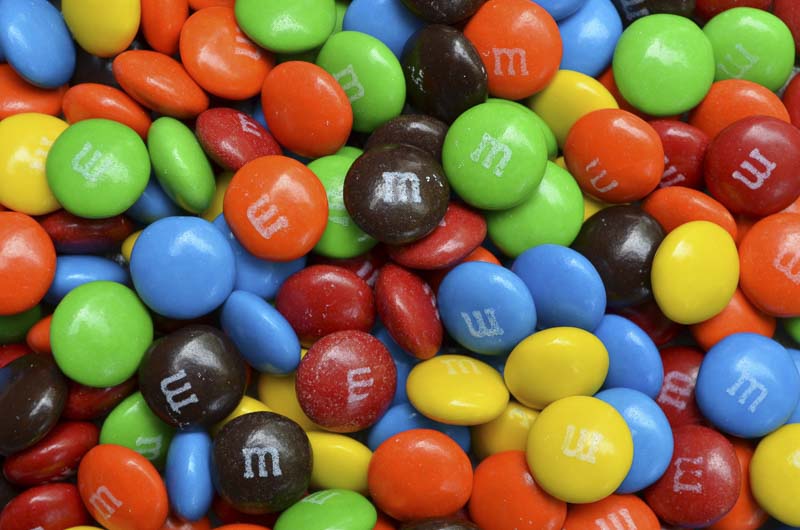What You Need:
- Money – 1 dollar, 5 dollar, 10 dollar, and 20 dollar bills
- Magnifying glass
- Black light (optional)
- Microscope (optional)
What You Do:

- First look at a one dollar bill. How many different numbers or number/letter combinations can you find? Can you do some research to find out what each of them represents?
- Paper money isn’t made out of regular paper, which would fall apart too easily and be destroyed if it got wet. It is made from a mixture of cotton and linen fibers. Not only does this make it durable, but it gives it a distinct feel – experienced people can identify counterfeit money by feel alone! Compare how it feels to how a regular piece of paper feels. Try to find a bill that has a small tear in it. Look at the edge of the tear under magnification to see the fibers (it might help to hold it over a dark background). Compare that to a tear in regular paper.
- Look closely at a bill with your magnifier. Do you see small red and blue threads? These are added to the paper to make counterfeiting more difficult. With a microscope you’ll see that they are mixed in with the smaller paper fibers.

A one dollar bill has a very intricate design, but it isn’t valuable enough to need lots of anti-counterfeit features. Now it’s time to examine a larger bill, like a ten or twenty. The design of these bill changes over time. If you can, try comparing an older bill with a newer one.
1. Hold the bill up to the light and look in the blank areas. Do you see a picture that you couldn’t see before? These are called watermarks. They are pictures that are put into the paper when it is made, not printed on the top of it! You should also see a line of text running across the bill that you can only see when you hold it up to the light.
2. Look at the number in the bottom right-hand corner of the “face” side of the bill. Tilt the bill and you’ll see the number change colors! Shine a light on the bill from the top and look at the number again under magnification—do you see how the ink is different from the rest of the bill?
3. Take a magnifying glass to the “lines” on the border of the face side of a 10 dollar bill. Did anything surprise you? Look closely at the edges of all the pictures on the bill – can you find any hidden words or phrases?
4. If you have a blacklight, go into a dark room and shine it on the money. Are there any spots that glow?
What Happened:
The people who design money want to make it as hard as possible for counterfeiters to copy. They use all sorts of cool technology to add watermarks, ultraviolet ink, and lots of tiny numbers and text that we can barely see without magnification. People who have the job of spotting counterfeit money have to use careful observation, plus tools like magnifiers and microscopes.
Make a list of all the little details you find on each bill. (Do you see some of the features from the pictures above?) Now that you’ve found a lot of the details, make a “treasure hunt” for someone else in your family and see how many tiny features they can find!





